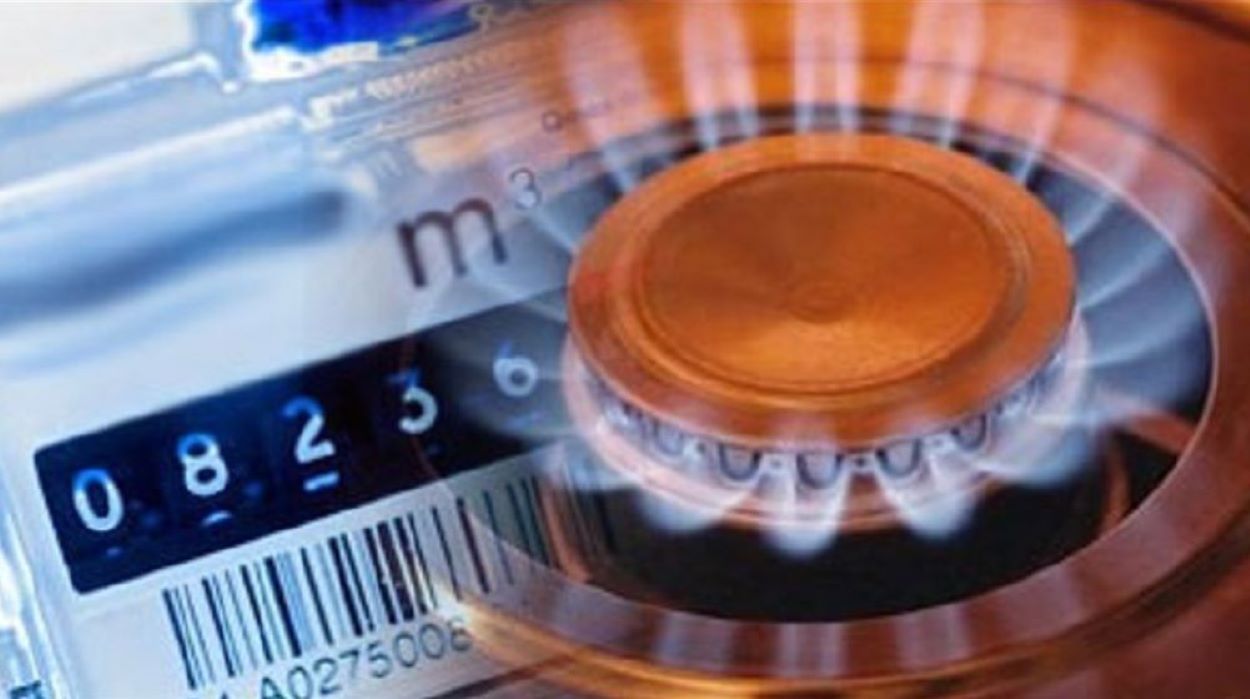The Petroleum Division is nearing the completion of its proposal to hike the gas tariff. This will be presented for approval at the forthcoming Economic Coordination Committee (ECC) meeting. The timing is noteworthy, aligning with the imminent review by the International Monetary Fund (IMF) concerning the $3 billion Stand-by Arrangement (SBA) loan scheduled for October’s end. Once the federal cabinet ratifies the proposal, the energy ministry’s top officials have confirmed that the government will initiate the new gas tariffs from the approval date instead of July 1, 2023.
Key decision-makers within the Petroleum Division are considering including even the protected residential consumers under the new tariff to ensure the circular debt in the gas sector remains unchanged. The said consumers, particularly those within the initial four consumption slabs, might rise between Rs300 and Rs500 per MMBtu.
Furthermore, an overhaul is anticipated for the fertiliser sector. Current subsidies, which allow a rate of Rs510 per MMBtu for feedstock and Rs1,500 per MMBtu for other utilities, are likely to be revised. This decision follows the revelation that companies like Fauji Fertiliser receive gas at even lower rates, leading to substantial losses for suppliers like Marri Gas Company. This financial strain and the escalating circular debt, now totalling Rs2,900 billion, emphasizes the need for tariff restructuring.
Tariff Adjustments for Various Sectors
The proposed adjustments include increased gas prices for both the export and non-export industries. The former could see rates climb from Rs1,100 to Rs1,800 per MMBtu, while the latter might experience a surge from Rs1,200 to Rs2,500 per MMBtu. Commercial consumers, the CNG, and the cement industry will also undergo significant tariff hikes. Captive power plants in the export sector across Punjab and Sindh will undergo uniform treatment, receiving 50% of their gas supply as regasified liquefied natural gas (RLNG) at full cost, maintaining their average price at $9 per MMBtu.
The domestic sector, excluding protected categories, will bear the brunt of these hikes, with consumers in higher slabs facing the steepest increases. This is partly due to the new gas price linkage with the cost of an 11.1 kg liquefied petroleum gas (LPG) cylinder. The government’s decision to import RLNG at Rs3,700 per MMBtu and sell at an average of Rs1,100 per MMBtu is no longer financially tenable. On June 2, 2023, the Oil and Gas Regulatory Authority (Ogra) adjusted tariffs for Sui Northern Gas Pipelines Limited (SNGPL) and Sui Southern Gas Company Limited customers by 50% and 45%, respectively. Their cumulative shortfalls have resulted in a combined deficit of Rs657.766 billion.






